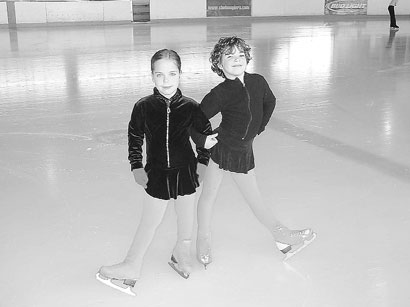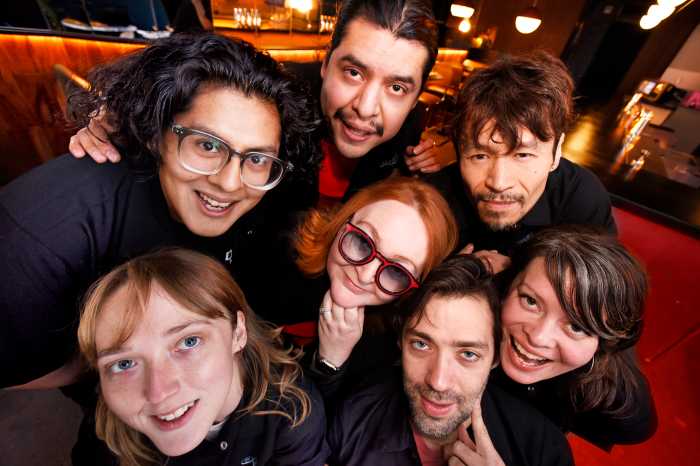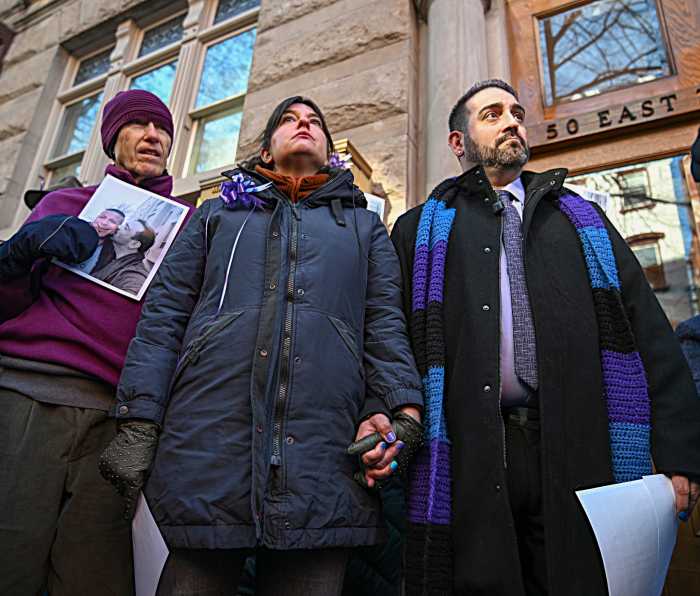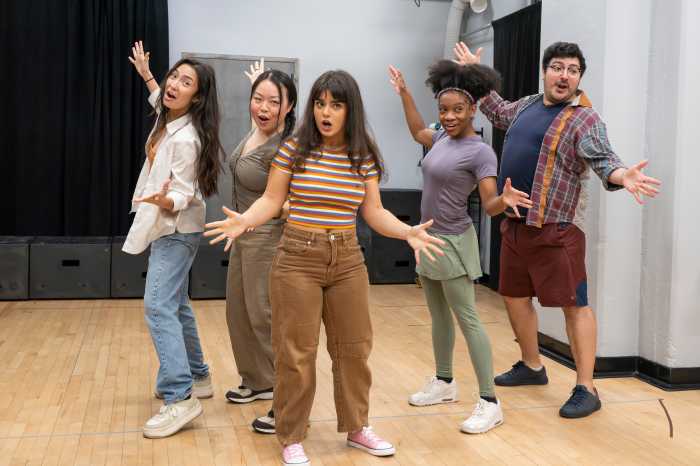By Judith Stiles
Well into his adult years, Wade Corbett, an accomplished dancer in ballet and jazz, stepped onto the ice at Sky Rink in Manhattan for the first time, to see if he could skate without falling down. He had never tried it. He rented skates on a lark and gave it a whirl, expecting to be just another wobbly novice, inching along the ice. That was eight years ago when Corbett fell in love with ice-skating. He has never left the program at Sky Rink since that day, adapting his skills and talent as a dancer to the world of figure skating.
“I got on the ice and it felt so amazing to move like that,” says Corbett, as he gracefully stretches his arms as in ballet, to illustrate his point. “It felt so great to glide so far with such ease,” he adds, pointing out that in skating, it is almost effortless to propel the body compared to dance. In a short time he became an excellent skater, because as a dancer he had already developed good balance, fluid movement and the ability to move his body to music.
Today, Corbett is an instructor at Sky Rink at Pier 61 in Chelsea Piers at 23rd St. and the West Side Highway, where he teaches in the Skating For Tots program, which includes children ages 3 to 5. He also gives private lessons to adults and youth figure skaters along with Kenny Moir, director of professional staff.
Moir began his skating career as a child in Vancouver, Canada. “My dad wanted me to be a hockey player, but when I started out, I had a pair of white figure skates that he painted black,” Moir recalls. “The rest is history. Figure skating caught my interest — and maybe because of those old skates,” he says with a bemused smile.
Both Moir and Corbett have similar views on how to teach and coach young skaters so that they are not caught up in the frenzy that often plagues the world of competitive figure skating. Corbett prefers to set short-term goals for the students and ways of developing that are within their immediate capabilities. “I have my own personal meter to measure their progress,” he adds. “Is the student having fun?” Moir is an expert at helping the figure skater who gets unbearably nervous before a competition.
“I tell them it is all right to be nervous. It is normal,” he reassures the student. “Take deep breaths and remember the music is your best friend and will help you along,” he adds.
Sky Rink hosts figure skating competitions where boys and girls compete at 12 different levels and are individually evaluated by a minimum of three judges, as often as once a month. Although each skater competes alone, at Sky Rink, “It feels like a team because the skaters cheer each other on and are very supportive,” notes Moir.
The ice at Sky Rink is almost never empty except when the Zamboni is making its rounds to freshen up the surface. Mondays through Fridays in the afternoon you will find Corbett on the ice with tots, teaching them first how to fall and not be afraid of the ice. Parents are welcome to join in the “learning how to fall” lesson as well.
Throughout the day into the evening, private lessons are given as well as figure-skating prep classes where young skaters are taught off-ice conditioning, goal-setting, focus training, freestyle rules and how to mentally and physically prepare for competition. There is a Summer Champions Program, a skating club and Adult Skate Night.
Moving the students on and off the ice for the various programs is no easy task. Thanks to the organizational wizardry of Skating Director Marta Kalish, the programs run like clockwork, creating an enjoyable time for tots, teens, even teetering seniors who may not have access to a frozen pond in the winter, but definitely have the luxury of skating on the smooth ice at Sky Rink, even in the warmest months of the year.
Read More: https://www.amny.com/news/trust-must-reveal-its-financial-plan-2/





































